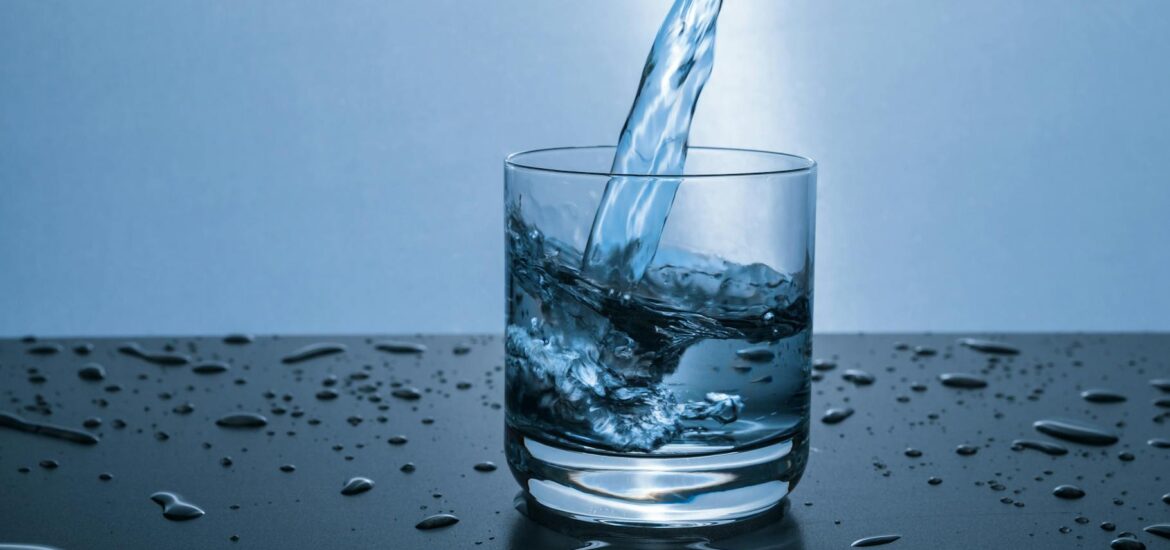Water pollution is a persistent environmental problem that has developed and become more complex over the years. In the Netherlands, a country with densely populated urban areas and intensive agricultural practices, the quality of both surface and drinking water has always been a major concern.
A small personal note and the main reason for writing this piece
My concern and curiosity about water quality were sparked by the recent changes in the deposit return policy implemented by the national government. In Amsterdam, almost all waste bins are damaged, leading to more litter entering the sewer system. As a result, the water in Amsterdam becomes increasingly polluted, and the maintenance of the sewage system becomes more expensive. Additionally, the pollution from micro- and nanoplastics is only making the situation worse.
Historical development of water pollution
The systematic approach to water pollution in the Netherlands began in the second half of the 19th century, driven by the need to combat epidemics such as cholera and typhoid. Municipalities like Amsterdam started constructing water pipelines and purifying drinking water. The process became more professionalised in the 20th century, especially after World War II, with the establishment of various water companies and the introduction of legislation such as the Water Pollution Act (Wet Verontreiniging Oppervlaktewateren, WVO) in 1970.
The rise of micro- and nanoplastics
In recent years, attention has shifted to newer pollutants, such as micro- and nanoplastics. These particles, smaller than 5 millimeters, enter the environment through the breakdown of larger plastic objects and via products such as cosmetics and clothing. Research since 2019 has shown that these microplastics are present in both Dutch surface water and drinking water.
The presence of microplastics in drinking water is concerning due to the potential health and environmental impacts. Although concentrations are generally low, these particles can accumulate over time and be harmful to aquatic organisms and potentially to humans.
Pharmaceutical residues in water
In addition to microplastics, pharmaceutical residues are another worrying form of water pollution. Commonly used medications such as paracetamol, diclofenac, carbamazepine, various antibiotics, hormones, beta-blockers, and antidepressants are regularly found in Dutch surface and drinking water.
These substances primarily enter the water through human excretion and improper disposal of medications. While concentrations in drinking water are usually low, even small amounts can cause ecological damage and contribute to the development of antibiotic-resistant bacteria.
Approaches and solutions
Improved purification techniques
To reduce the presence of microplastics and pharmaceutical residues in drinking water, advanced purification techniques are necessary. Some effective methods include:
- Activated carbon filtration: This technique is very effective at removing organic pollutants, including many pharmaceutical residues.
- Ozonation: This method breaks down chemical pollutants using ozone, a powerful oxidizing agent.
- Advanced oxidation processes (AOPs): These processes use strong oxidants such as ozone, hydrogen peroxide, and UV light to destroy pollutants.
- Ultrafiltration and nanofiltration: These membrane technologies can effectively remove microplastics and other small particles.
Preventive measures
In addition to improved purification techniques, preventive measures are needed to reduce the intake of pollutants into the water system:
- Awareness campaigns: Informing the public about the proper way to dispose of medications can help prevent them from entering the water.
- Improved waste management practices: Investing in more efficient waste processing and recycling methods to reduce plastic pollution.
- Research and innovation: Ongoing research into new purification technologies and the development of sustainable alternatives to harmful chemicals and plastics.
The extremely concerning evolution of DEI policies worldwide
Diversity, Equity, and Inclusion (DEI) policies have increasingly come to the forefront globally as a way to promote diversity and ensure inclusivity within organizations. There is growing criticism that the implementation of these policies leads to negative consequences, such as the selection of candidates based on identity politics rather than on qualifications and skills.
Consequences of identity politics
One of the most concerning aspects of the current evolution of DEI policies is that they can emphasize characteristics such as race, gender, and sexual orientation over experience, competence, and merit. This leads to discrimination and racist preferences, where not the most suitable individuals are chosen for a position, but those who fit within the diversity goals of an organization.
Impact on organizations
This approach can have significant implications for the effectiveness and performance of organizations. By selecting candidates based on identity rather than qualifications, organizations may face:
- Reduced expertise: The risk exists that less qualified individuals occupy positions, leading to inefficiency and reduced productivity.
- Workplace morale: Employees may feel demotivated if they believe promotions and appointments are not based on merit.
- Discrimination and injustice: Ironically, poorly implemented DEI policies can lead to new forms of discrimination and injustice, undermining the original goals.
